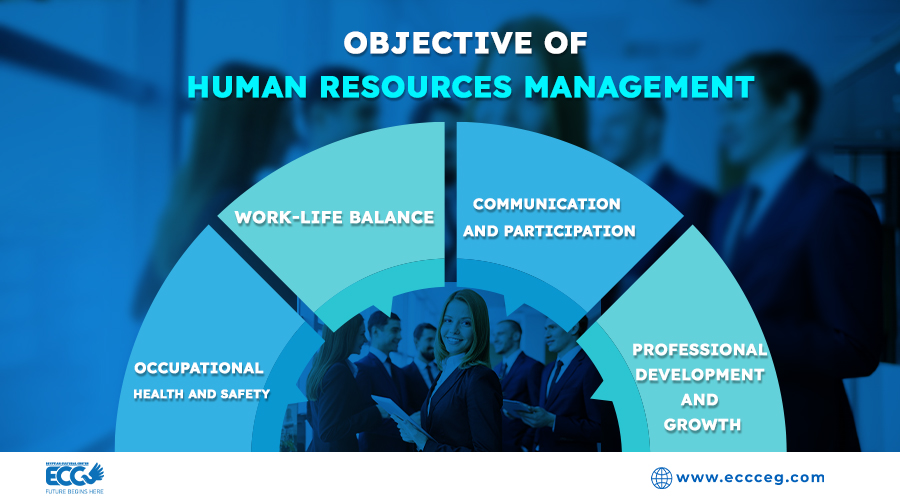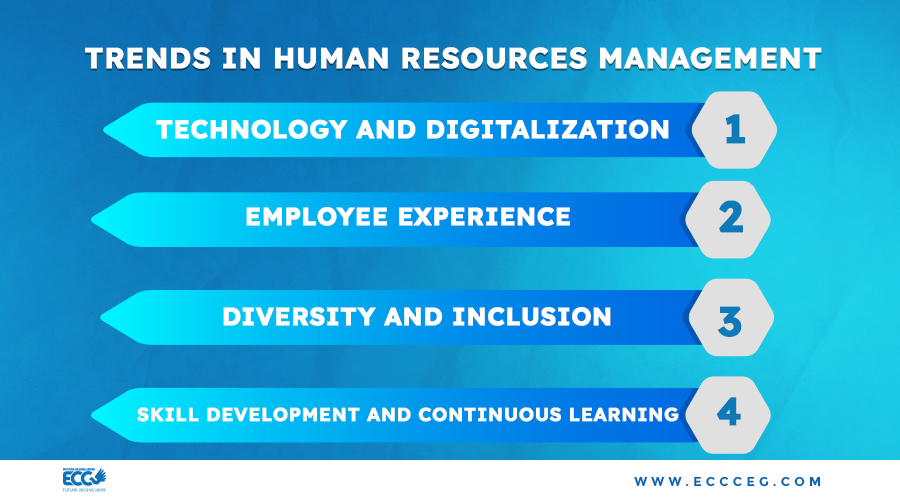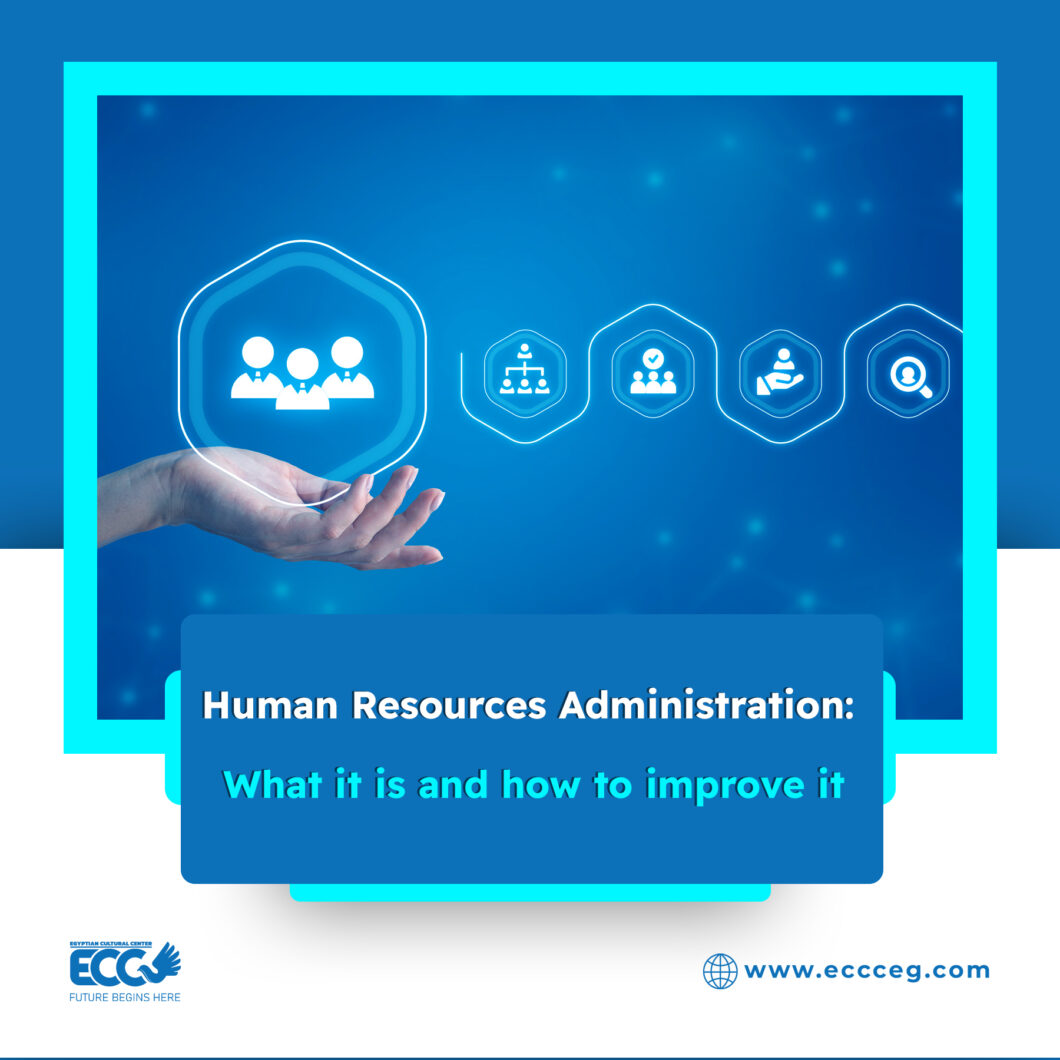As companies face increasingly complex and dynamic challenges, the ability to recruit, retain, and develop talent has become critical to staying competitive in the marketplace. Human resources administration is precisely responsible for managing and making the most of human potential within an organization, establishing strategies and policies that ensure alignment between corporate objectives and the needs of employees.
Let us remember that people are essential to the success of any company. Employee performance can be a critical liability or asset in your success.
Good personnel management is essential for organizations of all sizes.
As professionals we must promote certain aspects, which we will talk about here, to achieve the company’s objectives.
Read More: What Is a BBA? Your Guide to the Bachelor of Business Administration
What is human resources management?
Human resource management (HRM) is the practice of hiring, recruiting, deploying, and managing employees to achieve better performance.
For example, if you hire people in a company, you look for those who fit the work culture, since they will be happier, stay longer, and be more productive than people who do not fit the company culture.
- The Human Resources department provides the knowledge, tools, training, legal advice, administration, and talent management that are crucial to the sustainability and progress of a company.
- Human resources management comes down to optimizing company performance through better management.
Contact with IBAS: +201000498154
Objective of human resources management

The primary goal of human resource management is to optimize the value and potential of employees within an organization. It seeks to attract, recruit, and retain talent, as well as develop and enhance the skills and competencies of workers.
Human resource management focuses on establishing policies and practices that promote a healthy work environment, encourage employee productivity and engagement, and contribute to the achievement of the organization’s strategic objectives.
Human resources management for a healthy work environment
Through various strategies and policies, human resources professionals work to create and maintain a work environment that promotes the physical, emotional, and social well-being of employees. Here are some ways in which human resources management contributes to this goal:
- Occupational health and safety: This involve implementing policies and programs that minimize workplace risks, providing safety training, conducting inspections, and maintaining a safe physical environment for employees. Human resources administration also deals with the management of occupational accidents and illnesses, providing support and resources necessary for the recovery and rehabilitation of employees.
- Work-life balance: Refers to establishing work flexibility policies, such as flexible work schedules, home office options, and parental leave programs. Additionally, the use of wellness programs, such as sports activities, mental health counseling, and stress management programs, is encouraged to help employees effectively manage their professional and personal responsibilities.
- Communication and participation: Human resource management promotes effective and open communication within the organization. This involves encouraging constructive feedback, maintaining clear and transparent communication about policies and decisions, and providing accessible communication channels for employees to express concerns and suggestions. By fostering a culture of open communication, you create a work environment in which employees feel valued and heard, which contributes to their emotional well-being and job satisfaction.
- Professional development and growth: By investing in employee development, you promote a work environment in which employees feel valued and motivated, which in turn contributes to their well-being and commitment to the organization.
Read More: Supply Chain Management vs Logistics: Differences, Similarities and Roles
How are a company’s human resources managed?

- Recruitment and selection
Recruitment and selection of personnel are possibly the most visible elements of Human Resources. We all remember our first interview, right?
Recruiting candidates and selecting the best ones to come work for the company is a key responsibility of human resources management. People are the soul of the organization and finding the most suitable ones is a key task.
Solicitation of new hires usually begins when a new job is created or an existing one is opened. The line manager then sends the job description to Human Resources, and they begin recruiting candidates.
In this process, different selection instruments can be used to find the best person for the job. These include interviews, different evaluations, reference checking, and other hiring methods.
- Performance management
Management is basic in human resources administration. It consists of helping people give their best at work, boosting the company’s results.
Typically, employees have a set of defined responsibilities that they must take care of. Performance management is a structure that allows employees to obtain information about their performance, to achieve their best performance.
Good performance management is crucial. Maximizing employees improves a company’s efficiency, sustainability, and profit margin. Employees who consistently underperform may not be a good fit for their role or company culture. These employees may have to be laid off.
Contact with IBAS: +201000498154
- Learning and development
Within human resource management, learning and development ensures that employees adapt to changes in processes, technology, and social or legal changes.
Learning and development help employees improve. Many organizations have a budget that is distributed among employees. Training and development provide employees with a way to increase their skills and become leaders.
- Succession planning
Succession planning is the process of planning for contingencies if key employees leave the company. If, for example, a key manager leaves their position, having a replacement ready will ensure continuity and can save the company considerable money.
This results in the creation of a talent pool. This is a reserve of qualified candidates prepared to fill (high-level) positions in case someone leaves. Building and nurturing this reserve is the key to good human resource management.
- Compensation and benefits
Another basic aspect of human resources management is the compensation and employee benefits offered.
Fair compensation is key to motivating and retaining employees. One of the foundations of your management when it comes to remuneration is to ensure equity and justice.
Making an appropriate salary offer is a critical part of attracting top talent. This must be balanced with the company’s budget and profit margins. For staff retention and best practices.
HR should oversee salary increases and establish merit standards. Sometimes you may also conduct a salary audit.
- Human resources information system
The last two basic aspects of human resources management are not practices, but rather tools that range from a Human Resources Information System to performance evaluation and work environment software.
These types of tools make it easier for you to collect vital information for the performance of the entire organization, in addition to helping you carry out various processes that could take a long time for the HR area.
- HR data and analytics
The data you collect from your employees is essential for informed decision-making.
An easy way to track critical data is through HR metrics or KPIs. These are specific measurements that respond to how a company is functioning and allow you to make reports.
These reports focus on the current and past status of the organization. By doing an HR analysis, the department can also make predictions.
By actively measuring and observing this data, more data-driven decisions can be made. These decisions are usually more objective, making it easier to find management support.
Read More: How To Become a Project Manager: Tips, Skills and MBA major
Trends in human resources management

In human resources management, several trends are shaping the way talent is managed within organizations. Below are some of the main ones:
- Technology and digitalization
Technology is transforming the way human resources are managed. The use of human resource management software, applicant tracking systems, and talent management platforms is streamlining administrative processes and enabling greater automation of tasks such as recruiting, selection, performance appraisal, and training.
Additionally, artificial intelligence and machine learning are being used to improve decision-making and predict behavioral patterns in the workplace.
- Employee experience
Increasingly, organizations are focused on improving the employee experience in all aspects of their work life cycle.
This involves creating engaging work environments, offering professional development opportunities, encouraging engagement and collaboration, and providing work-life balance. Companies are adopting employee-centric approaches to drive talent engagement, satisfaction, and retention.
- Diversity and inclusion
Diversity and inclusion have become priorities in human resources management. Organizations are seeking to promote inclusive work environments that value and celebrate diversity in terms of gender, race, ethnicity, sexual orientation, and diverse abilities.
Policies and programs are being implemented to ensure equal opportunities and eliminate bias in recruitment, development, and promotion processes. Additionally, the creation of organizational cultures that respect and value diverse perspectives and opinions is encouraged.
- Skill development and continuous learning
With the rapid evolution of technology and changes in job demands, skill development, and continuous learning have become crucial. Organizations are investing in training and development programs that enable employees to gain the skills necessary to adapt and thrive in ever-changing work environments.
Personalized learning approaches, such as micro learning, mobile learning, and online learning platforms, are being implemented to facilitate the acquisition of knowledge and skills.
Contact with IBAS: +201000498154
Conclusion
Now you know the essential points for good human resources management, you will realize that all of these interact and affect each other. Solid management of each element contributes to the strength of the next. Together, these elements allow a company and its employees to not only function better but perform at their best.
Human resources management plays a fundamental role in the development and growth of modern organizations. So, if you want to optimize the management of your talent, maximize their productivity, and stay at the forefront of an increasingly competitive business environment, start by listening to the voice of your employees, and learn what IBAS and Vern offer you.


